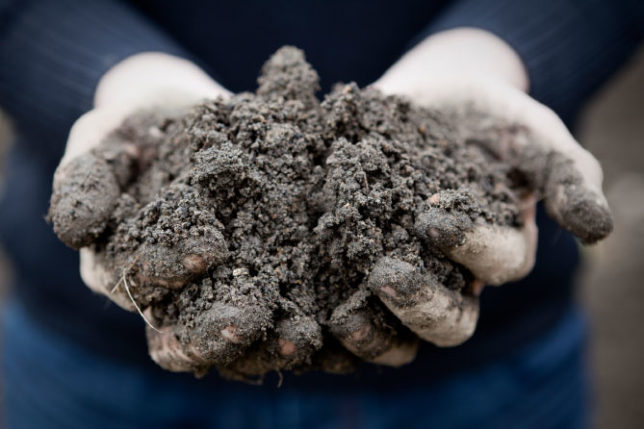Micronutrients are essential for healthy plant growth just as vitamins are important to healthy human growth.
According to the Government of Saskatchewan Agriculture, there are many factors that will affect the availability of micronutrients in the soil. Organic matter, soil texture, and soil pH, as well as soil moisture and temperature at planting, macronutrient deficiency, field topography, and land application of manure are all factors that will have an affect on the levels and usability of soil micronutrients.
Manitoba Agriculture, Food and Rural Development (MAFRD) suggest that most soils in Manitoba are adequately supplied with micronutrients; however, environmental conditions can affect the availability. These factors include:
• Soils low in organic matter
• Sandy soils
• Peat soils or soils with more than 30 percent organic matter
• High soil pH reduces availability
• High calcareous and high lime content
• Soils with excessive phosphorus levels
Cool, wet soils will also reduce the rate and amount of micronutrients that can be taken up by the crop. Cold, wet soils restrict root growth reducing the area of soil explored by the roots. Prairie soils can be cool and wet in the spring resulting in deficiencies in the crop until the soil warms and the plant’s roots grow sufficiently.
Diagnosing micronutrient deficiencies in the field by crop symptoms alone is difficult. Saskatchewan Agriculture recommends looking for multiple levels of evidence before applying a micronutrient such as soil and plant tissue samples from the affected and unaffected areas within the field, as well as the crop symptoms, field history, and using test strip micronutrient applications.
MAFRD suggests the following when diagnosing deficiencies:
• Eliminate other possible causes of poor growth
• Determine if the particular crop or soil is likely to be deficient
• Determine if crop visual symptoms are similar to typical deficiency symptoms
MAFRD also suggests soil and tissue samples from affected and non-affected areas and the application of micronutrients in field test strips.
Each high-yielding crop removes micronutrients from the soil in a field and a lack of any one of the micronutrients can significantly limit growth of the next crop grown on that field. It is important to keep good field and crop yield records, as well as the problem areas in the field. Micronutrients are expensive, so being able to isolate and treat the areas within the field that are the most at risk is more economically feasible than application to the entire field.







Leave A Comment